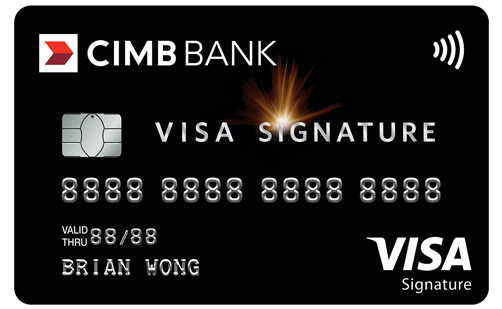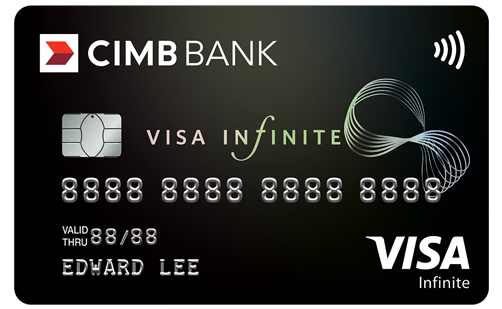{{tile.title}}
{{tile.description}}
{{tile.expiryDate}}

We will be right with you.
Features |
Junior/Child’s Savings Account | Conventional Adult Savings Account |
|---|---|---|
| Who Is It For? | Children aged 16 and under. | Above 16 years old. |
Owner of the Account |
Ability to open a Joint (In-Trust) Account with child. | Solely owned and controlled by the individual account holder (for single account). |
| Purpose of the Account | Designed to help children learn good savings habits and manage money independently with attractive interest rates. | For everyday money management and transactions, or even to earn interest. |
| Minimum Balance Requirements | Minimum balance, with no fall-below fees. | Usually has a minimum balance, with "fall-below fees" if the balance drops too low. |
| Interest Rates | Enjoy competitive interest rates - with interest accrued daily and credited at the end of the month. | Variable depending on the type of savings account. May have a low base interest rate with tiered bonus rates based on criteria like salary crediting or minimum spend. |
| Account Fees | No fall-below fees. | May include fall-below fees and transaction charges. |
| Cash Withdrawal | Withdrawals for In-Trust account can only be performed at CIMB branch. | Full access via ATM, debit card, and online banking. |
{{tile.description}}
{{tile.expiryDate}}
Enjoy 10%^ cashback on online shopping, groceries, health and wellness, pet shops, and cruises – the best credit card for smart shoppers!

<p>Enjoy one of the highest<sup>1</sup> unlimited cashback credit cards in Singapore of up to 2%<sup>1</sup> on dining, online food delivery<sup>2</sup>, digital entertainment, luxury and retail shopping, ride-hailing, and more!</p> <p> </p>

Travel smarter with the best credit card for frequent flyers. Enjoy unlimited 2%<sup>1</sup> cashback on overseas spending, free airport lounge access, complimentary travel insurance, and no annual fees.
